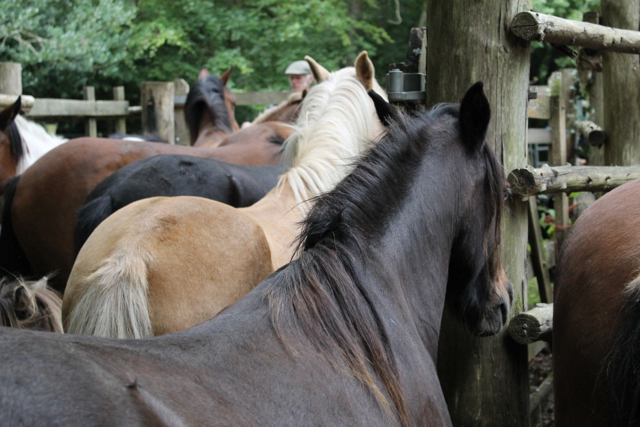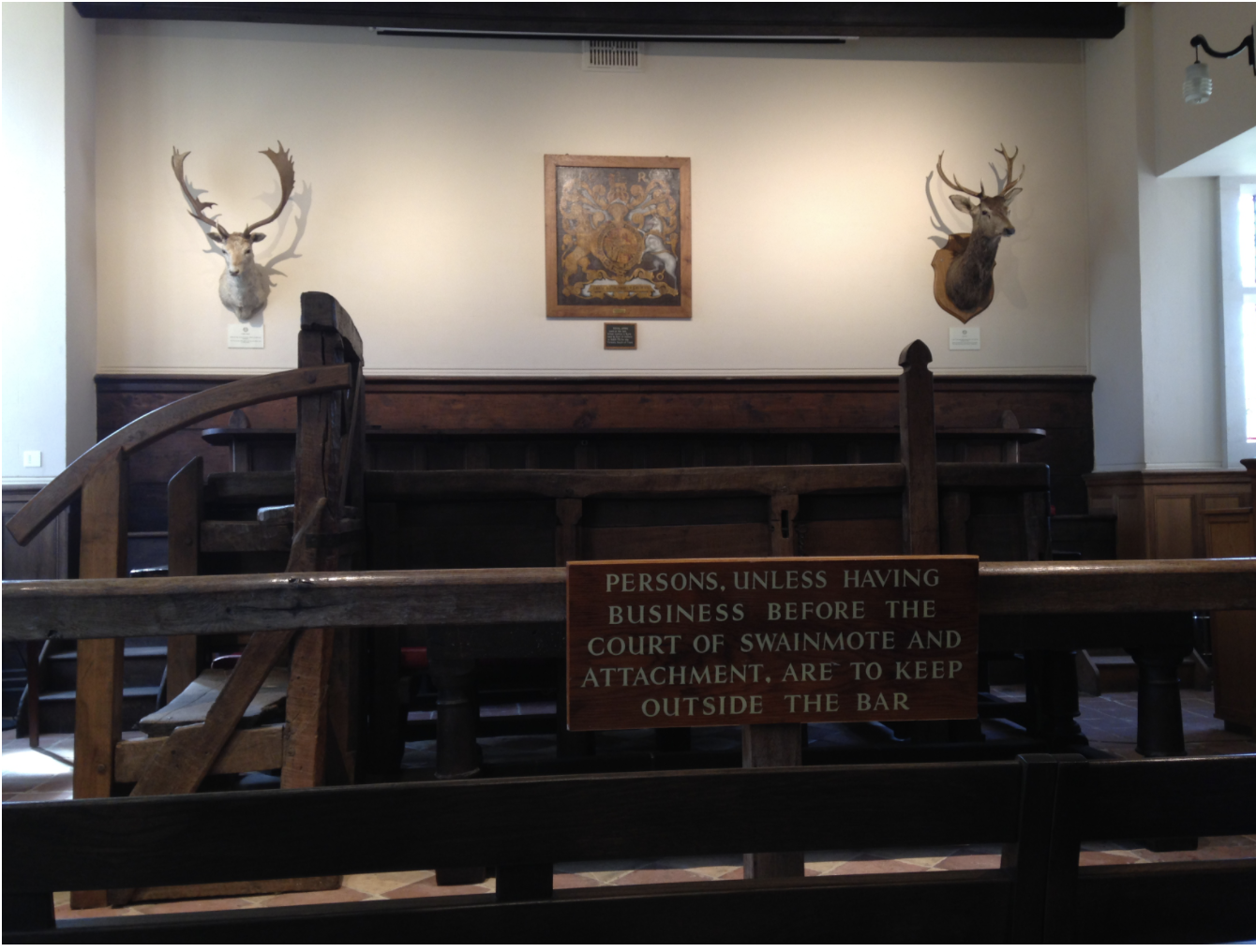
For me, being a New Forest commoner is an enormous privilege that has drawn me into a community of people who share a passion for the New Forest landscape, its flora, fauna and cultural heritage. A commoner is a person who occupies land or property that has Rights of Common attached to it. These rights are: Common of Pasture (grazing), which allows commoners to turn out ponies, cattle, donkeys onto the unenclosed parts of the New Forest to graze. Common of Pasture is the most practiced common right. Common of Mast (pannage) is the right to turn out pigs in the autumn, in the period known as pannage season, to feed upon the fallen acorns. This not only provides food for the pigs but because acorns can be toxic to ponies and deer when eaten in large quantities also helps other animals too. Common of Estovers (fuel-rights), is the free supply of a specified amount of wood to certain eligible Forest properties. (This right is strictly controlled by Forestry England.) Common of Marl (clay) is the right to dig clay as a fertiliser for improving agricultural land and is no longer practised in the Forest. Common of Turbary (peat), which is the right to cut peat for fuel is no longer exercised. There are a few properties on large estates, which were once part of a monastery, that also have the right to turn out sheep on the Forest but this is rarely exercised.
Time immemorial
The common rights of the New Forest are attached to property, such as a house or piece of land, and not to a person or their family. Not every property in the New Forest has common rights. Common rights have existed since time immemorial, undoubtedly predating the creation of the New Forest by King William I (the Conqueror) in circa. 1079. Indeed, some commoning families have been exercising their rights for many generations and, in some cases, can even trace their ancestry back to the earliest written records of the New Forest. Commoning in the New Forest is a pragmatic enterprise as well as a traditional one. People with rights of pasture graze their animals communally and tend to help each other to care for them and keep an eye on them (although the welfare of each animal is the responsibility of its owner). The Agisters, who are appointed by the Verderers of the New Forest*, deal with the management issues of stock on the Forest and work daily with the commoners to ensure high standards of animal welfare. The commoning calendar includes activities, such as the annual drifts or pony round-ups, shows and sales, which give this tight-knit community plenty of opportunity to get together and share the pleasures and privileges of commoning.

*The Verderers of the New Forest work through the Court of Verderers and have the same status as magistrates. For more information visit: http://www.verderers.org.uk
New Forest Commoners Defence Association – If you would like to contact the New Forest Commoners Defence Association please redirect your enquiry to: https://www.realnewforest.org


You must be logged in to post a comment.